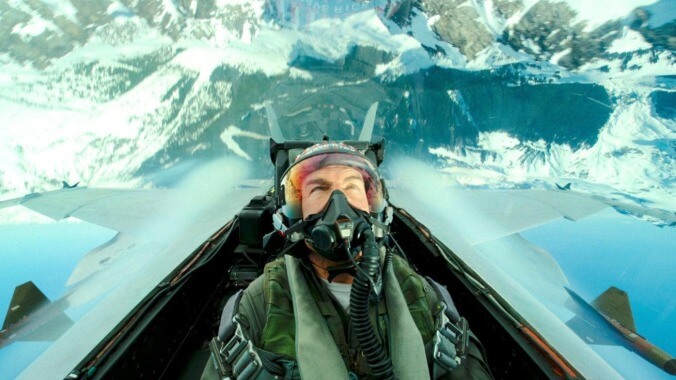Why are movies so damn long?
We talked to Men In Black director Barry Sonnenfeld, who definitely has thoughts about why films like John Wick: Chapter 4 just keep getting longer

Movies today are long. Sometimes stupid long. It feels as if everything nowadays is two and a half hours or more. Cases in point: Avatar: The Way Of Water, Babylon, and Avengers: Endgame are all over three hours, while The Batman, Black Panther: Wakanda Forever, Elvis, Dune, the aptly named Eternals, and The Fablemans are at least two and a half hours. And if you plan on seeing John Wick: Chapter 4, bring a sleeping bag because it clocks in at a franchise-high 2 hours, 49 minutes.
Director Barry Sonnenfeld, who’s never made a film longer than 106 minutes—which he did twice with Men In Black 3 and Wild Wild West—says “running time has become less of an issue in terms of theatrical exhibition,” before adding that “it almost feels like it’s become a matter of pride to have a longer movie.” Sonnenfeld recalls making a studio deal where “the only remaining issue was that the studio insisted any movie I directed had to be within a window of 90 minutes to two and a half hours. I kept saying, ‘I don’t want to make that deal.’ My lawyer kept saying, ‘Well, you don’t really want to make movies longer than two and a half hours.’ I said, ‘No, that’s not my problem. My problem is I don’t want to be forced to make a movie as long as 90 minutes.’”
The irony of studios being increasingly amenable to longer films is that our attention spans keep getting shorter. Life in 2023 moves lightning fast and we prefer devouring content in short bursts on social media and online. Yet Total Running Time bloat is here, both in theaters and in movies produced by and for the streamers. To secure top talent, Netflix, HBO Max, and their ilk give directors free rein to make the movie they want, no matter the budget or the length, since they don’t concern themselves with turning over the paying audience in a theater. Martin Scorsese’s The Irishman, which he made for Netflix, ranks as both the most expensive movie (reportedly around $200 million) and the lengthiest movie (3 hours, 29 minutes) of his career, running at least a half-hour too long.
Before we assume that longer movies are a contemporary phenomenon, some perspective: There have always been long movies. Cleopatra ran for a ridiculous 4 hours, 8 minutes. Gone With The Wind unfolded across 3 hours, 58 minutes, while Once Upon A Time In America ran 3 hours, 49 minutes. More recent 3-hour-plus movies include Titanic, JFK, Schindler’s List, The Wolf Of Wall Street, and The Lord Of The Rings: The Return Of The King. Some of them tell epic stories that require epic run times. Others are franchise cappers which tend to run long because so many story threads need resolutions and seeds must be planted for spin-offs.















![Rob Reiner's son booked for murder amid homicide investigation [Updated]](https://img.pastemagazine.com/wp-content/avuploads/2025/12/15131025/MixCollage-15-Dec-2025-01-10-PM-9121.jpg)
























